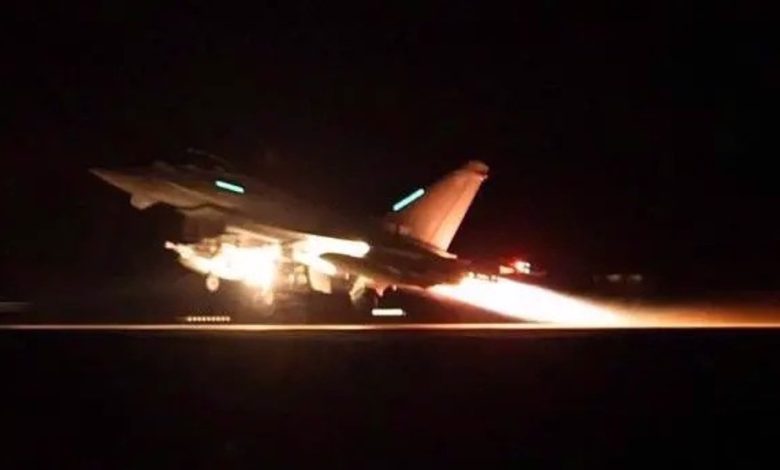Report: Saudi Arabia, UAE, Qatar, and Kuwait Prohibit US Warplanes from Conducting Airstrikes
Saudi Arabia and other Persian Gulf nations have reportedly imposed a ban on the use of their airfields and airspace by U.S. military aircraft conducting strikes on Yemen, amidst a marked escalation in such operations in recent weeks.

The United States has escalated the deployment of warplanes and cargo to Jordan and Gulf states to unprecedented levels since the Hamas operation in southern Israeli settlements on October 7, 2023.
Reports indicate that the frequency of U.S. military cargo flights to the region has escalated by 50 percent over previous levels. In reaction to the Persian Gulf states’ prohibition, the U.S. has stationed B-2 bombers, which have been utilized in recent strikes in Yemen, at the Diego Garcia base in the Indian Ocean.
The Ansarullah movement issued a warning last week, threatening to launch attacks on Abu Dhabi and Dubai if the UAE continues its “reckless actions” by collaborating with the United States in ongoing strikes against Yemen.
Saudi Arabia, the UAE, Qatar, and Kuwait have expressed heightened concern over the recent bellicose language from Trump directed at Iran, which included a threat of unprecedented bombing.
According to the London-based outlet, United States military and intelligence officials convened with their counterparts from the United Arab Emirates and Saudi Arabia in March in Washington DC, coinciding with the initial strikes on Yemen.
In rapid succession, the Trump administration sanctioned long-delayed arms sales to Qatar and Saudi Arabia. Doha obtained clearance to acquire MQ-9 Reaper drones, while Riyadh received authorization for weapon systems designed to transform unguided air-to-ground rockets into precision-guided munitions, according to reports.
On Monday, Trump announced intentions to travel to Saudi Arabia and possibly other nations in the Persian Gulf as soon as May.
Trump is seeking broad demands regarding Iran’s nuclear energy program. However, the resolute stance of the Persian Gulf states presents a challenge for his administration, as reported by the Middle East Eye.
The United States maintains a significant military presence in West Asia, with a deployment of over 40,000 troops. The majority of these forces are stationed in the oil-rich states of the Persian Gulf, operating from a series of strategically positioned air and naval bases.
Saudi Arabia’s Prince Sultan Air Base hosts the United States’ 378th Air Expeditionary Wing, deploying F-16 and F-35 fighter jets. The U.S. also conducts operations involving MQ-9 Reaper drones and jet fighters from the Al Dhafra Air Base in the United Arab Emirates. Meanwhile, Kuwait’s Ali al-Salem Air Base accommodates the 386th Air Expeditionary Wing.
Qatar’s Al Udeid Air Base serves as the regional headquarters for U.S. Central Command and has reportedly been a site for hosting Israeli military officials.
The island nation of Bahrain serves as the base for approximately 9,000 American military personnel, who are affiliated with the headquarters of the United States Naval Forces Central Command and the United States Fifth Fleet.
Over the past year, Yemen’s military forces have targeted an array of vessels hailing from the United States, the United Kingdom, and Israel as they traversed the Red Sea and the Arabian Sea. This move has been declared as an act of solidarity with those in Gaza.
The United States military has initiated airstrike operations across multiple regions in Yemen, aiming to apply pressure on civilian infrastructure as a strategic move to compel Tehran to engage in negotiations.







